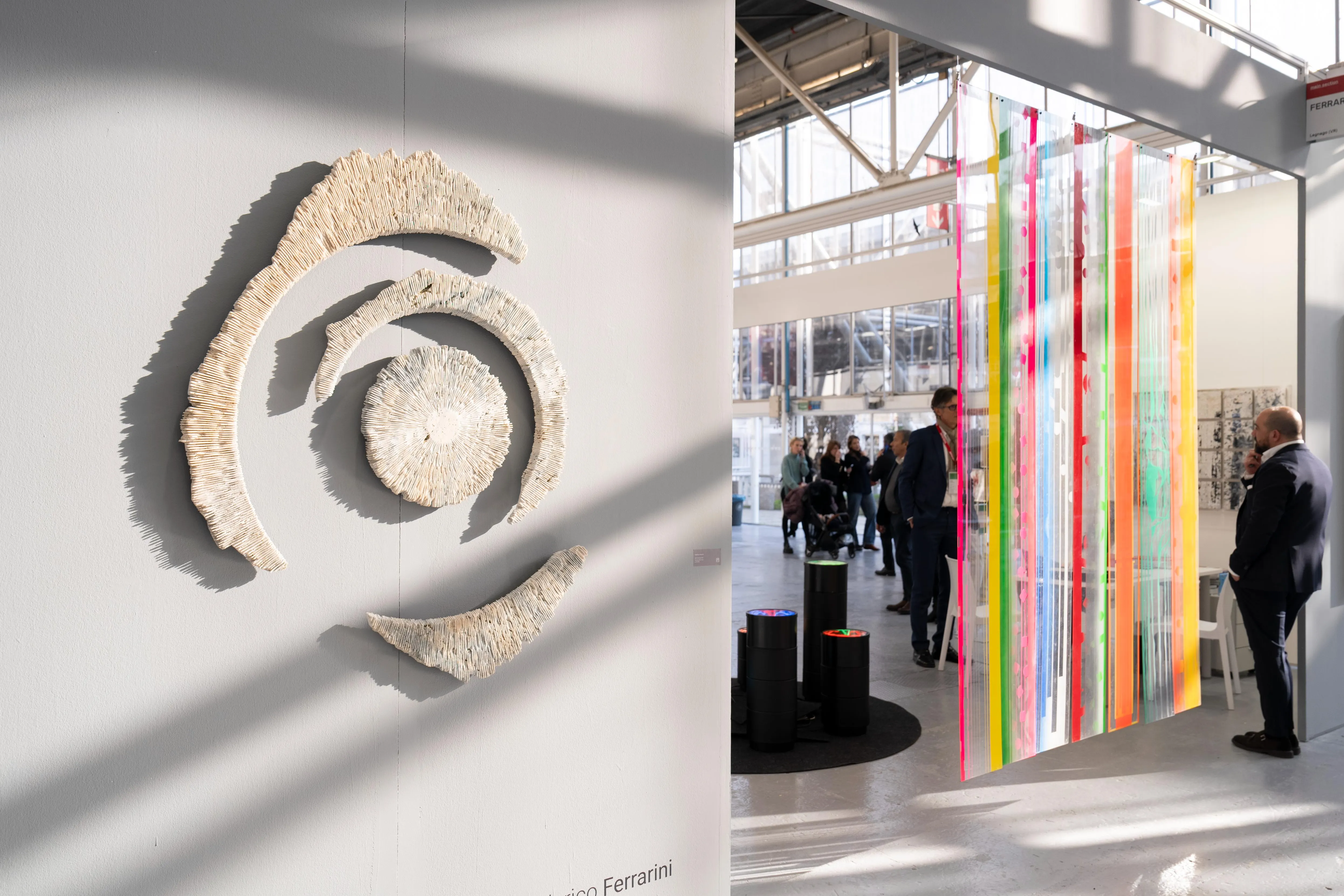
Despite the uncertainties of the international scenario, the first European art fairs and international events dedicated to automotive collecting have confirmed the interest of buyers and the general public.
The disappearance of the 'hit and run' speculators who dominated the post-covid period has led to a descent of prices toward sustainable trajectories, allowing the solid base of the market, that of long-term enthusiasts and collectors, to return to the helm.
-
Art fairs
In anticipation of the multimillion-dollar fairs and auctions in March and April, the mid-range market brought back some vibrancy at the ArtGeneve fair, which reflects the European dimension of the Swiss town where it takes place in late January. The most successful areas are the rediscovery of artists and especially artists 'forgotten' in the folds of 20th century art history, and the already established names in contemporary art, while a certain 'fashion' painting seems to have lost ground.The Italianissima ArteFiera in Bologna at the beginning of February confirmed collectors' interest in post-World War II Italian art, but also interesting findings for the photography sector.
The auctions of old paintings held in NewYork lastly showed that while they remain a niche market, their market remains active as long as the right balance of quality and price can be found, and it is perhaps the most undervalued category at the moment, in which one can make excellent purchases.
-
Car drives passion
The collector car market's response to the demise of speculators has been positively affected by the choice of auction houses to offer more than half of their lots, thus arriving at new sustainable equilibrium prices.
In early February in Paris, the public enjoyed the Retromobile fair, the most important in Europe, showcasing design masterpieces such as the 70-year-old Citroen DS, and racing masterpieces such as the Cavallino F1s presented in part by Richard Mille. Among the hidden and immediately sold 'jewels' was a Ferrari Testarossa that belonged to the Casiraghi family of Monaco.Concurrently, auctions were held by three of the five auction houses that lead the field, crowned by the success of a 1964 Le Mans-winning Ferrari 250LM, which sold for 35 million euros. But brisk trading included cars with three zeroes down, confirming it as a liquid market at any price level, and with excellent opportunities for buyers with a long-term view.

